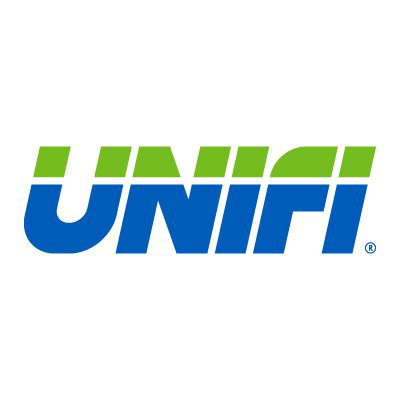Unifi Inc (UFI) Q4 2024 Earnings Call Highlights: Strong Sales Growth and Strategic Innovations

Consolidated Net Sales: $157.5 million, up 4% year-over-year and 6% sequentially.
EBITDA: $5.9 million, improved from previous quarters.
Gross Profit Improvement: $6 million sequential increase.
Americas Segment Net Sales: Flat sequentially, down 4% year-over-year.
Brazil Segment Net Sales Growth: 9% sequentially, 19% year-over-year.
Asia Segment Net Sales Growth: 21% sequentially, 17% year-over-year.
REPREVE Sales: 34% of total sales, increased from previous quarter.
CapEx for Fiscal 2024: $11 million, a multiyear low.
First Quarter Fiscal 2025 Net Sales Forecast: $147 million to $153 million.
First Quarter Fiscal 2025 Adjusted EBITDA Forecast: $1 million to $3 million.
Fiscal 2025 CapEx Projection: $10 million to $12 million.
Release Date: August 22, 2024
For the complete transcript of the earnings call, please refer to the full earnings call transcript.
Positive Points
Unifi Inc (NYSE:UFI) reported a 4% year-over-year increase in consolidated net sales for the fourth quarter of fiscal 2024, driven by strong performance in the Brazil segment.
The company achieved a significant improvement in EBITDA, reaching $5.9 million, attributed to cost reductions implemented in previous quarters.
Unifi Inc (NYSE:UFI) is seeing improved market share in North America and is close to booking sales in new categories beyond apparel, such as home, military, automotive, and industrial applications.
The introduction of innovative products, including the Textile Takeback program and new REPREVE offerings, is expected to generate sales in calendar 2025 and 2026.
The REPREVE segment saw a meaningful increase, representing 34% of sales in the fourth quarter, driven by recovery trends in Central America and Asia.
Negative Points
The broader textile and apparel industry sales are recovering slower than expected, with retail sales for apparel and furnishings growing at low single digits, factoring in inflation.
Despite improvements, the operating environment remains challenging, with customers cautious about rebuilding inventories due to sluggish consumer trends.
The Americas segment experienced a slowdown due to competitive shuffling and customers pushing out orders, resulting in flat sequential net sales.
Raw material costs in Brazil are rising due to increased international container costs, which may pressure margins as input costs normalize.
The anticipated benefits from new product innovations and beyond apparel initiatives will not be realized immediately, with significant impacts expected in fiscal 2026.
Q & A Highlights
Q: What is your confidence level in sustaining the improvement in Brazil's performance? A: Edmund Ingle, Chief Executive Officer, expressed high confidence in Brazil's demand signals, expecting to run at full capacity throughout the fiscal year. While there may be some margin pressure due to raw material cost normalization, the overall performance in Brazil is anticipated to be much better than last year.
Q: Are rising raw material costs affecting all regions or just Brazil? A: Edmund Ingle, Chief Executive Officer, clarified that the increase in raw material costs is specific to Brazil due to its supply chain, with most inputs coming from Asia. In other regions, raw material costs have remained predominantly flat.
Q: What are your top customers in the Americas saying about future performance? A: Edmund Ingle, Chief Executive Officer, noted that while the July to September period is expected to be slower, there is an anticipated uptick in October. Central America has already shown significant improvement, and the U.S. market is expected to normalize by late September or early October.
Q: Can you provide more details on the potential impact of new product offerings like the white dyeable filament yarn and ThermaLoop? A: Edmund Ingle, Chief Executive Officer, expressed excitement about these products, which address circularity and sustainability demands. The company expects meaningful production orders in the second half of the fiscal year, with revenue and margin visibility by fiscal 2026.
Q: How do the margins of new products compare to legacy products? A: Andrew Eaker, Chief Financial Officer, stated that the margins for new products are generally double those of the base business. While the base business margins have been constrained, new products offer significantly higher margins due to their innovative nature.
For the complete transcript of the earnings call, please refer to the full earnings call transcript.
This article first appeared on GuruFocus.